Refine listing
Actions for selected content:
5398 results in Wits University Press

Capitalism’s Crises
- Class struggles in South Africa and the world
-
- Published by:
- Wits University Press
- Published online:
- 20 April 2018
- Print publication:
- 31 December 2015
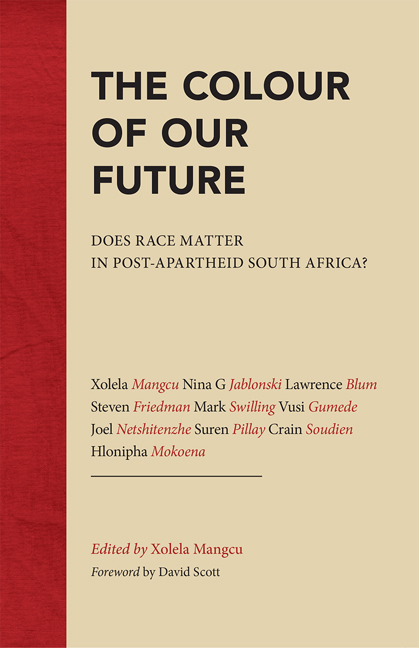
The Colour of Our Future
- Does race matter in post-apartheid South Africa?
-
- Published by:
- Wits University Press
- Published online:
- 20 April 2018
- Print publication:
- 31 December 2015
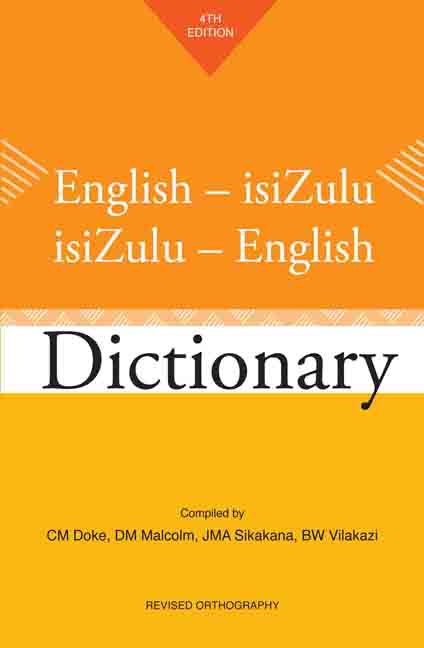
English-isiZulu / isiZulu-English Dictionary
- Fourth Edition
-
- Published by:
- Wits University Press
- Published online:
- 20 April 2018
- Print publication:
- 31 December 2014
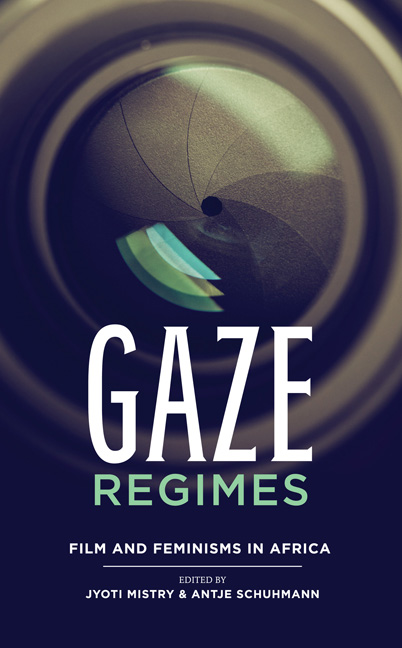
Gaze Regimes
- Film and feminisms in Africa
-
- Published by:
- Wits University Press
- Published online:
- 20 April 2018
- Print publication:
- 31 December 2015

Bushman Letters
- Interpreting |Xam Narrative
-
- Published by:
- Wits University Press
- Published online:
- 20 April 2018
- Print publication:
- 31 December 2010
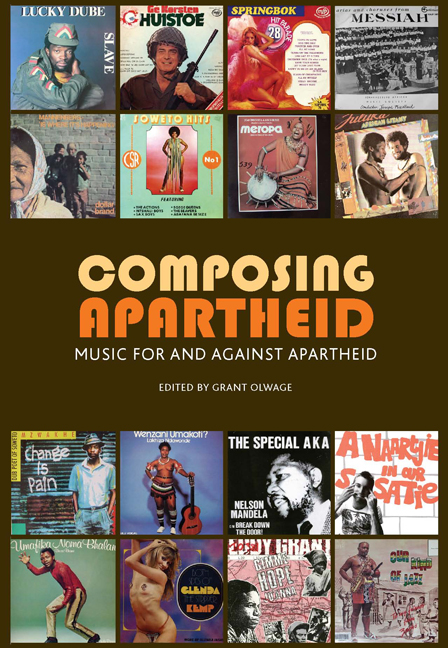
Composing Apartheid
- Music for and against apartheid
-
- Published by:
- Wits University Press
- Published online:
- 20 April 2018
- Print publication:
- 31 December 2008

Dorothea Bleek
- A life of scholarship
-
- Published by:
- Wits University Press
- Published online:
- 20 April 2018
- Print publication:
- 29 February 2016

The First Ethiopians
- The image of Africa and Africans in the early Mediterranean world
-
- Published by:
- Wits University Press
- Published online:
- 20 April 2018
- Print publication:
- 31 December 2009

Dominance and Decline
- The ANC in the time of Zuma
-
- Published by:
- Wits University Press
- Published online:
- 20 April 2018
- Print publication:
- 31 December 2015
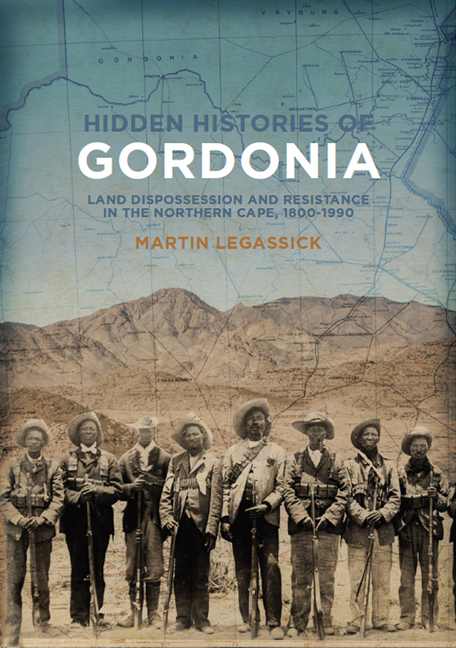
Hidden Histories of Gordonia
- Land dispossession and resistance in the Northern Cape, 1800–1990
-
- Published by:
- Wits University Press
- Published online:
- 20 April 2018
- Print publication:
- 30 April 2016

Apartheid and the Making of a Black Psychologist
- A memoir
-
- Published by:
- Wits University Press
- Published online:
- 20 April 2018
- Print publication:
- 31 May 2016

Fees Must Fall
- Student revolt, decolonisation and governance in South Africa
-
- Published by:
- Wits University Press
- Published online:
- 20 April 2018
- Print publication:
- 31 October 2016
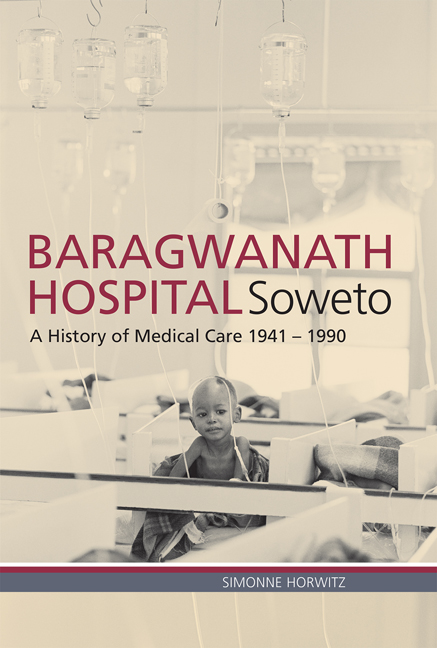
Baragwanath Hospital, Soweto
- A history of medical care 1941–1990
-
- Published by:
- Wits University Press
- Published online:
- 20 April 2018
- Print publication:
- 31 December 2013
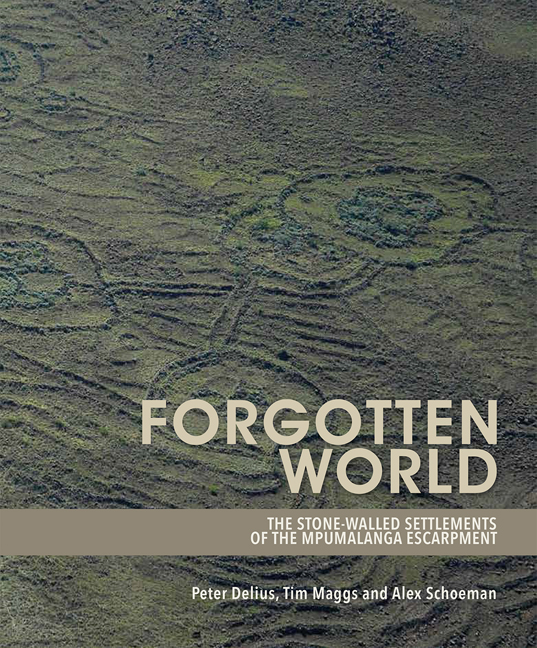
Forgotten World
- The Stone-Walled Settlements of the Mpumalanga Escarpment
-
- Published by:
- Wits University Press
- Published online:
- 20 April 2018
- Print publication:
- 31 December 2014

Contradicting Maternity
- HIV-positive motherhood in South Africa
-
- Published by:
- Wits University Press
- Published online:
- 20 April 2018
- Print publication:
- 31 December 2009

Entanglement
- Literary and cultural reflections on post-apartheid
-
- Published by:
- Wits University Press
- Published online:
- 20 April 2018
- Print publication:
- 31 December 2009
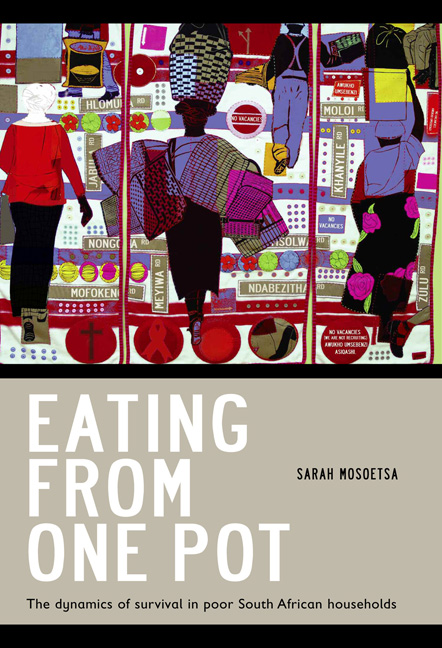
Eating from One Pot
- The dynamics of survival in poor South African households
-
- Published by:
- Wits University Press
- Published online:
- 20 April 2018
- Print publication:
- 31 May 2011

Fight for Democracy
- The ANC and the media in South Africa
-
- Published by:
- Wits University Press
- Published online:
- 23 March 2018
- Print publication:
- 01 November 2013

The Backroom Boy
- Andrew Malengeni's Story
-
- Published by:
- Wits University Press
- Published online:
- 23 March 2018
- Print publication:
- 31 December 2017
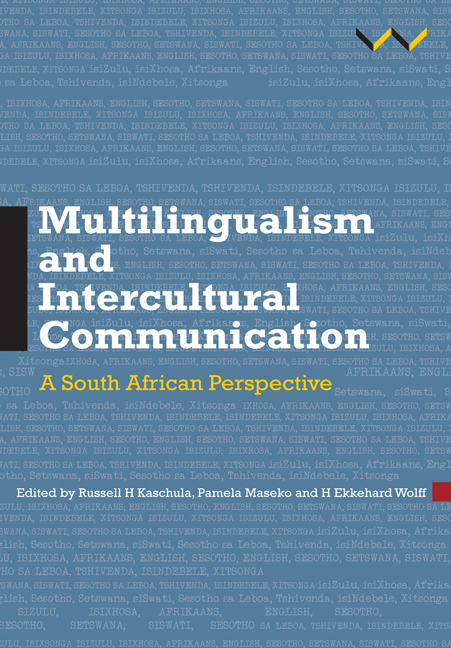
Multilingualism and Intercultural Communication
- A South African perspective
-
- Published by:
- Wits University Press
- Published online:
- 23 March 2018
- Print publication:
- 31 December 2017
